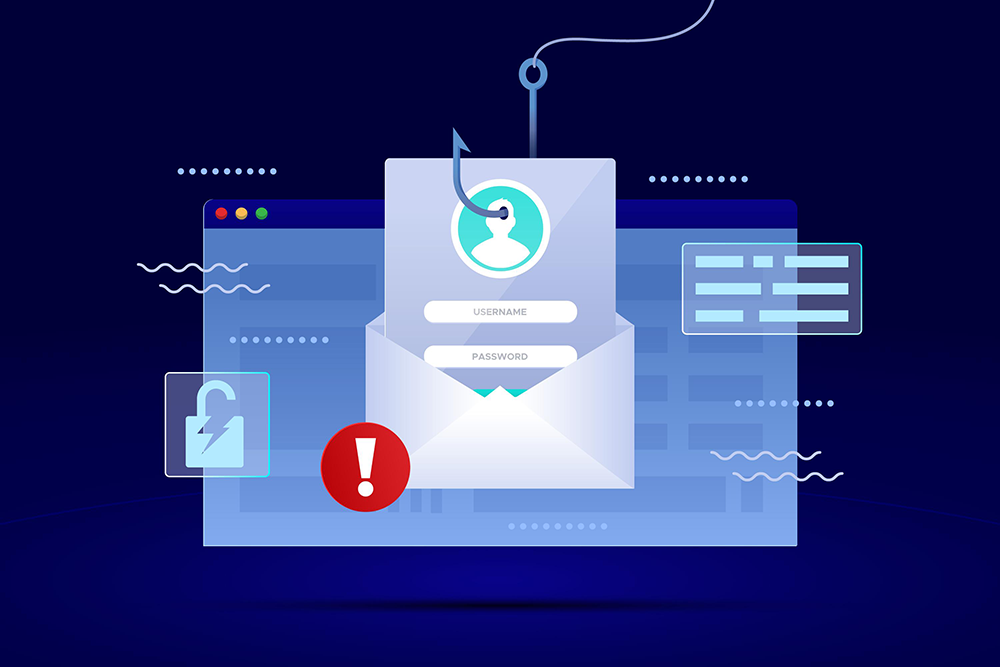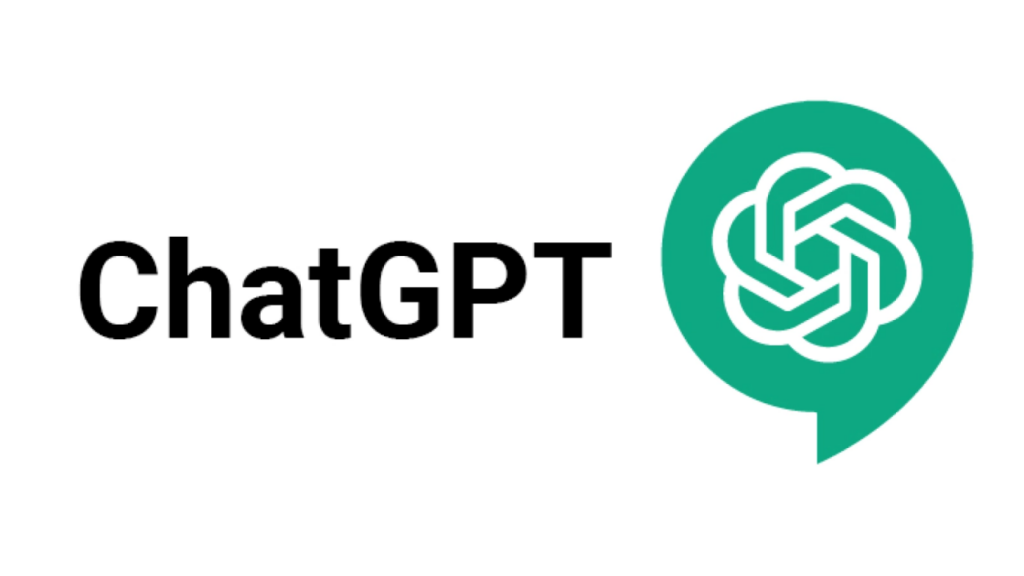In the modern digital world, cyber threats have evolved into one of the most serious dangers facing individuals, businesses, and governments. Every connected device, online transaction, and cloud service increases the attack surface for cybercriminals. The motives behind these attacks range from financial gain and espionage to sabotage and activism. Understanding how these attacks work and how to defend against them is critical to maintaining digital security.
Below is an in-depth look at ten of the most common types of cyber attacks, how they operate, and the best methods for preventing them.
1. Phishing Attacks
Phishing remains one of the most widespread and effective cyber attack methods. It relies on social engineering, using deceptive emails, text messages, or fake websites to trick victims into revealing sensitive information such as passwords, credit card numbers, or login credentials. Attackers often impersonate trusted organizations like banks, delivery companies, or employers, making their communication appear legitimate.
Phishing attacks come in many variations. Spear phishing targets specific individuals or organizations, tailoring messages based on personal information to increase credibility. Whaling targets high-level executives or individuals with access to critical systems. Smishing (SMS phishing) and vishing (voice phishing) use mobile phones instead of email to deliver the deceptive messages.
Phishers exploit emotional triggers such as fear, curiosity, or urgency. For instance, an email might claim that your account has been compromised and prompt you to “verify” your identity via a malicious link. Once you click it, you are taken to a fake website designed to harvest your credentials.
Prevention Measures:
- Always verify the sender’s email address and domain before responding or clicking links.
- Hover over links to check the real URL destination.
- Enable multi-factor authentication (MFA) on all important accounts.
- Use spam filters and email authentication protocols like SPF, DKIM, and DMARC.
- Conduct regular phishing awareness training for employees to recognize scams.
2. Malware Attacks
Malware, short for malicious software, refers to any program or code designed to disrupt, damage, or gain unauthorized access to computer systems. Common forms include viruses, worms, trojans, ransomware, spyware, and adware. Each type operates differently but shares the goal of compromising system integrity or stealing data.
A virus attaches itself to legitimate programs or files, spreading when those files are shared. Worms replicate automatically across networks, consuming bandwidth and causing widespread disruption. Trojans disguise themselves as legitimate software, luring users into installing them. Spyware monitors user activity and steals sensitive information, while ransomware locks files and demands payment for decryption.
Malware can spread through email attachments, infected websites, removable drives, or compromised software downloads. Modern malware often includes polymorphic or metamorphic code that changes form to evade detection by antivirus programs.
Prevention Measures:
- Install reputable antivirus and anti-malware software and update it regularly.
- Keep operating systems and all software patched with the latest security updates.
- Avoid downloading software or files from unverified sources.
- Disable macros in Microsoft Office files received via email unless verified.
- Implement network segmentation to contain malware if an infection occurs.
3. Ransomware Attacks
Ransomware is one of the most financially damaging forms of cybercrime. It encrypts a victim’s files or system, demanding payment—usually in cryptocurrency—in exchange for a decryption key. Some attackers also threaten to leak stolen data if the ransom is not paid, a tactic known as double extortion.
Ransomware typically enters a system through phishing emails, malicious attachments, or exploited vulnerabilities in unpatched software. Once executed, it encrypts important files and displays a ransom note. Prominent examples include WannaCry, Petya, and LockBit, which have disrupted hospitals, corporations, and government agencies worldwide.
Many victims who pay the ransom do not recover all their data, and payment encourages further criminal activity. Moreover, ransomware often spreads laterally through networks, infecting shared drives and cloud systems.
Prevention Measures:
- Maintain regular offline backups of critical data.
- Use endpoint detection and response (EDR) solutions to monitor suspicious behavior.
- Patch vulnerabilities in operating systems and software promptly.
- Disable remote desktop protocol (RDP) if not needed, or secure it with strong authentication.
- Educate employees to avoid clicking unknown links or downloading attachments.
4. Denial-of-Service (DoS) and Distributed Denial-of-Service (DDoS) Attacks
A Denial-of-Service attack floods a server or network with excessive traffic, overwhelming its resources and rendering it unavailable to legitimate users. When coordinated from multiple compromised systems, it becomes a Distributed Denial-of-Service (DDoS) attack.
Attackers use botnets—networks of infected devices—to send massive volumes of requests simultaneously. This can cripple websites, disrupt business operations, and cause financial losses. In some cases, DDoS attacks are used as smokescreens to distract security teams while other intrusions occur.
Modern DDoS attacks exploit vulnerabilities in Internet of Things (IoT) devices, amplifying attack power through reflection and amplification techniques. For instance, attackers can spoof IP addresses and abuse open DNS or NTP servers to magnify traffic.
Prevention Measures:
- Use content delivery networks (CDNs) and DDoS protection services that absorb and filter malicious traffic.
- Implement rate limiting to control request frequency from specific IP addresses.
- Configure firewalls and intrusion prevention systems to detect traffic anomalies.
- Keep network hardware and firmware updated to prevent exploitation.
- Maintain redundancy across servers and networks to distribute load during an attack.
5. Man-in-the-Middle (MITM) Attacks
A Man-in-the-Middle attack occurs when an attacker secretly intercepts and potentially alters communication between two parties. Victims believe they are communicating directly, unaware that the attacker is relaying and possibly modifying their data.
MITM attacks often occur on unsecured public Wi-Fi networks. An attacker may set up a rogue access point mimicking a legitimate hotspot, intercepting all traffic passing through it. Attackers can also use ARP spoofing or DNS hijacking to redirect traffic. Once communication is intercepted, sensitive information such as login credentials, financial details, or session tokens can be stolen.
In some cases, attackers use SSL stripping, downgrading HTTPS connections to unencrypted HTTP to read transmitted data. Corporate espionage and identity theft frequently begin with such attacks.
Prevention Measures:
- Always use encrypted connections (HTTPS, VPNs, SSH) when transmitting data.
- Avoid connecting to public Wi-Fi without a virtual private network (VPN).
- Enable secure email and messaging protocols like TLS and end-to-end encryption.
- Implement mutual authentication to verify both sender and receiver identities.
- Regularly monitor network traffic for anomalies and unauthorized devices.
6. SQL Injection Attacks
SQL Injection is one of the oldest and most persistent web application vulnerabilities. It occurs when an attacker inserts malicious SQL code into input fields to manipulate backend databases. This allows unauthorized access, data theft, or even complete control of a web server.
For example, a login form that fails to sanitize input might execute a query like:SELECT * FROM users WHERE username='admin' AND password='password';
An attacker could input ' OR '1'='1 to manipulate the query into returning true for all entries, effectively bypassing authentication.
SQL injections can expose entire databases, allowing attackers to steal customer information, financial data, or intellectual property. The 2017 Equifax breach, which compromised millions of personal records, was partly due to unpatched SQL vulnerabilities.
Prevention Measures:
- Use prepared statements and parameterized queries to separate code from data.
- Validate and sanitize all user inputs rigorously.
- Restrict database permissions to minimize access privileges.
- Employ web application firewalls (WAFs) to detect and block injection attempts.
- Conduct regular security audits and penetration testing on web applications.
7. Cross-Site Scripting (XSS) Attacks
Cross-Site Scripting allows attackers to inject malicious scripts into otherwise legitimate websites. When unsuspecting users visit the compromised site, the script executes in their browsers, stealing session cookies, credentials, or personal data.
There are three main types of XSS attacks: stored, reflected, and DOM-based. Stored XSS embeds the malicious script permanently in a website’s database, such as in user comments or profiles. Reflected XSS delivers the script via a malicious link, while DOM-based XSS manipulates the document object model in real time.
Attackers use XSS to hijack user sessions, deface websites, or redirect users to phishing pages. Because the malicious code executes within a trusted domain, victims rarely suspect foul play.
Prevention Measures:
- Escape and encode all user inputs before rendering them in a web page.
- Implement Content Security Policy (CSP) headers to restrict script execution.
- Validate input and output on both client and server sides.
- Sanitize HTML and JavaScript inputs in web forms and user-generated content.
- Regularly test web applications for XSS vulnerabilities.
8. Credential Stuffing and Password Attacks
Credential stuffing is a brute-force technique where attackers use stolen usernames and passwords from previous breaches to gain access to other accounts. Since many people reuse passwords across multiple sites, attackers can easily compromise several accounts using the same credentials.
Other forms of password attacks include brute-force attacks (trying every possible combination), dictionary attacks (using lists of common passwords), and keylogging (recording keystrokes to capture credentials). Modern attackers automate these methods with bots that test thousands of login attempts per second.
Credential stuffing can lead to unauthorized access to email, banking, or cloud services, often without detection for weeks or months. Once access is gained, attackers can escalate privileges or perform secondary attacks.
Prevention Measures:
- Always use strong, unique passwords for every account.
- Enable multi-factor authentication to add an extra layer of security.
- Use password managers to generate and store complex passwords securely.
- Monitor for credential breaches and change passwords immediately when exposed.
- Implement login attempt limits and CAPTCHA to block automated attacks.
9. Insider Threats
Not all cyber attacks originate from outside the organization. Insider threats come from employees, contractors, or partners who misuse their access to harm the company or steal data. Such threats can be intentional, as in cases of corporate espionage or revenge, or unintentional, resulting from negligence or error.
Insiders have the advantage of legitimate credentials, making detection difficult. They may leak confidential data, sabotage systems, or grant unauthorized access to external attackers. Some insider incidents occur when employees fall victim to phishing or social engineering and inadvertently compromise the system.
Prevention Measures:
- Apply the principle of least privilege, granting access only as needed.
- Monitor user behavior for anomalies, such as large data transfers or off-hours logins.
- Conduct background checks and regular security awareness training.
- Implement data loss prevention (DLP) solutions to detect sensitive data exfiltration.
- Create a transparent reporting system for employees to raise security concerns.
10. Zero-Day Exploits
A zero-day exploit targets vulnerabilities that are unknown to the software vendor or security community. Since no patch exists at the time of exploitation, these attacks are extremely dangerous. Cybercriminals or nation-state actors often use zero-days to infiltrate high-value targets such as government networks or critical infrastructure.
Zero-day vulnerabilities may exist in operating systems, browsers, or widely used applications like Adobe Acrobat or Microsoft Office. Attackers who discover them can create custom exploits that bypass antivirus and intrusion detection systems. In some cases, zero-days are sold on underground markets for millions of dollars.
Prevention Measures:
- Implement a robust patch management process to apply updates as soon as they are released.
- Use advanced threat detection tools that identify anomalous behavior instead of relying solely on known signatures.
- Employ network segmentation to isolate critical systems from the public internet.
- Participate in vulnerability disclosure programs to encourage ethical reporting of flaws.
- Regularly back up systems and data to minimize damage if an exploit occurs.
Final Thoughts
Cyber attacks have become an inevitable reality of the digital age. While technology continues to advance, the methods used by attackers evolve just as rapidly. Every individual and organization must take a proactive stance—understanding how attacks occur, implementing layered defenses, and fostering a culture of security awareness.
The ten attack types discussed above represent the most common and destructive methods used today. By learning how they work and applying preventive measures diligently, users can significantly reduce their vulnerability to cyber threats. Cybersecurity is no longer a task for IT departments alone—it is a shared responsibility that defines the resilience and trustworthiness of our entire digital ecosystem.






